#Glanville fritillary
Explore tagged Tumblr posts
Text
Highlights of 2023 (6): Butterflies of Hutchinsons Bank
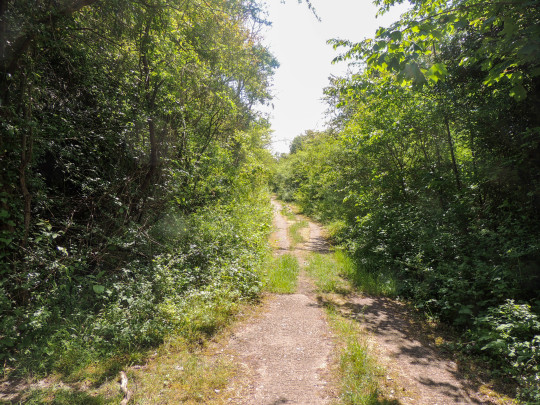
View On WordPress
0 notes
Text
Butterfly experts in flap over 'extinct' species in New Addington
The sighting of a butterfly thought to have been extinct for nearly 100 years at Hutchinson’s Bank at the weekend has put wildlife enthusiasts into a bit of a flap. Spotted: Frank Gardner’s ‘trophy’ photo of the black-veined white butterfly at Hutchinsons Bank from Saturday The sighting of the black-veined white butterfly was made by Frank Gardner, the BBC’s security correspondent and an amateur…

View On WordPress
#Black-veined white butterfly#Butterfly Conservation#Frank Gardner#Glanville fritillary#Hutchinson&039;s Bank#London Wildlife Trust#New Addington
1 note
·
View note
Text

Glanville fritillary (Melitaea cinxia) By: Unknown photographer From: Wildlife Fact-File 1990s
97 notes
·
View notes
Photo

Belle mélitée 📷 @sebastien_blomme 🇫🇷 Ce joli papillon est une mélitée du plantin. J'avoue que je ne le photographie pas très souvent malgré sa beauté. Et c'est un tort car c'est non seulement un papillon magnifique, mais en plus il se pose très tôt avant le coucher du soleil ce qui facilite le travail du photographe 😊 🇬🇧 This pretty butterfly is a Glanville Fritillary. I admit that I don't photograph it very often despite its beauty. And it's a mistake because not only is it a magnificent butterfly, but it also lands very early before sunset, which makes the photographer's job easier 😊 https://ift.tt/A3BbOoT
43 notes
·
View notes
Text
Butterflies 🦋


0 notes
Text
May 15th - Experiment research
First I looked for a list of the red list species of butterflies
Half of British butterfly species on new Red List | Butterfly Conservation (butterfly-conservation.org)
Revised Red List of British Butterflies | Zenodo
A revised Red List of British butterflies
Richard Fox1 & Emily B. Dennis1
1 Butterfly Conservation, Manor Yard, East Lulworth, Dorset BH20 5QP, UK.
Using this list I am going to research these butterflies to find images.
Black Hairstreak

Glanville Fratillery

Grayling

Heath Fritillary

High Brown Fritillary

Large heath
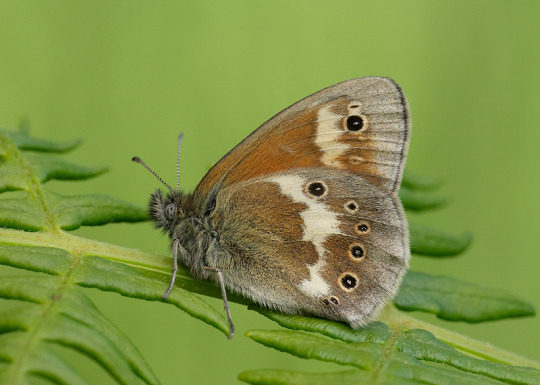
Wall
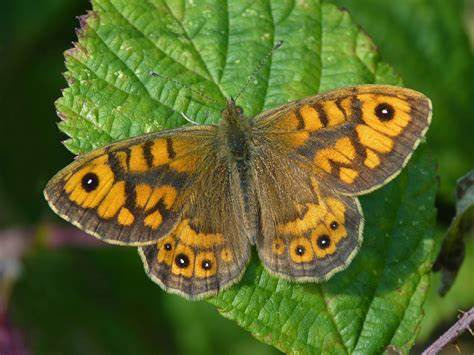
Wood White
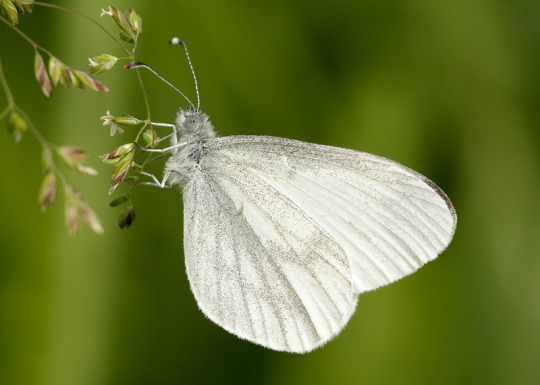
Using these images I am going to create experimentations in different ways considering shape and lines to see how I could create a themed typeface connecting to the red list of butterflies.
0 notes
Photo




Glanville fritillary (Melitaea cinxia)
The Glanville fritillary is a butterfly of the family Nymphalidae. These butterflies live in almost all of Europe, especially Finland, and in parts of northwest Africa. It has been discovered that this butterfly only mates one time in June or July and lays its eggs. It does not provide any protection to these eggs or care for the offspring. As adults, the Glanville fritillaries are short-lived; they spend most of their lives as caterpillars. As caterpillars, Glanville fritillaries enter a stage of diapause, which is a period of suspended development, during the winter time. The spiked speedwell and ribwort plantain are the Glanville fritillary's preferred plants to lay eggs and to eat as larvae. Female butterflies will show a preference for one plant species over the other when deciding where to lay their eggs, but the caterpillars have no preference once they hatch. After entering the adult phase the fritillaries feed on nectar of the spiked speedwell and ribwort plantain, among others. This species of butterfly is at risk of population decline because it is not a migratory species.
photo credits: Harald Süpfle, Sven Damerow
#Glanville fritillary#Melitaea cinxia#butterfly#zoology#biology#biodiversity#science#wildlife#nature#animals#cool critters
100 notes
·
View notes
Photo





Okkergul pletvinge (Melitaea cinxia)
Glanville fritillary (Melitaea cinxia)
#Okkergul pletvinge#Glanville fritillary#Melitaea cinxia#Melitaea#Pletvinge#Almindelig pletvinge#Spættevinge#net-spættevinge#fritillary#Buterfly#Lepidoptera#Sommerfugl#Orange#Orange og sort#Orange and black#Open country#Åbent land#Sommer#Summer
14 notes
·
View notes
Video
Glanville fritillary - Melitaea cinxia by Pieter-Jan Alles Via Flickr: Ardèche, France
#Ardèche#France#Veldparelmoervlinder#Glanville#fritillary#Melitaea#cinxia#Glanville fritillary#Melitaea cinxia#flickr
1 note
·
View note
Photo

Glanville fritillary by hans24 http://500px.com/photo/257689859 #macro
#Glanville fritillary#Wegerich-Scheckenfalter#Melitaea cinxia#Melitaeini#Nymphalinae#Fleckenflater#Ny
1 note
·
View note
Photo

Glanville fritillary (Melitaea cinxia) by ernstpluess
0 notes
Text
A trip to Hutchinsons Bank
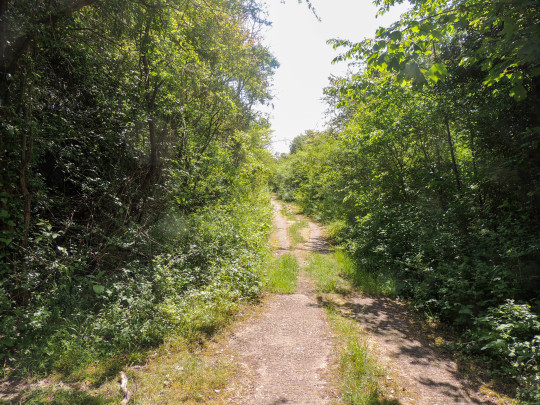
View On WordPress
0 notes
Link
Metapopulation - Wikipedia
Ilkka Hanski - Wikipedia
Glanville Fritillary (Melitaea cinxia) - Wikipedia
#Yle.fi#Suomi#Finland#Åland#Sottunga#Glanville fritillary butterfly#Melitaea cinxia#Täpläverkkoperhonen#Lepidoptera#Heteroneura#Papilionoidea#Nymphalidae#Hyposoter horticola#Mesochorus cf. stigmaticus#Wolbachia pipientis#Metapopulation#Ilkka Hanski#Russian doll#Parasites#Parasitic wasps#loispistiäiset#bacterium#bakteeri#suomitumblr#suomitumppu#suomi tumblr#suomi tumppu#suomipostaus#Hyperparasitoid
0 notes
Photo

Picture of the day: Glanville fritillary (Melitaea cinxia) covered with water drops, in Wittenberge-Rühstädter Elbniederung nature reserve, Germany https://t.co/nPDQc0IlM5
#Picture of the day: Glanville fritillary (Melitaea cinxia) covered with water drops#in Wittenberge-
0 notes
Text
Butterflies released in Finland contained parasitic wasps – with more wasps inside
7 notes
·
View notes
Text

Glanville Fritillary (Melitaea cinxia)
Photo by Francesco Cassulo on flickr
2 notes
·
View notes
